
The Canadian Pacific Railway, also known simply as CPR or Canadian Pacific and formerly as CP Rail (1968–1996), was a Canadian Class I railway incorporated in 1881. The railway was owned by Canadian Pacific Railway Limited, which began operations as legal owner in a corporate restructuring in 2001.
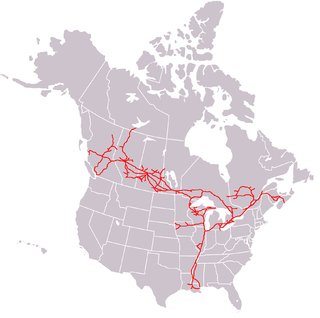
The Canadian National Railway Company is a Canadian Class I freight railway headquartered in Montreal, Quebec, which serves Canada and the Midwestern and Southern United States.

Grande Prairie is a city in northwest Alberta, Canada within the southern portion of an area known as Peace River Country. It is located at the intersection of Highway 43 and Highway 40, approximately 456 km (283 mi) northwest of Edmonton. The city is surrounded by the County of Grande Prairie No. 1.
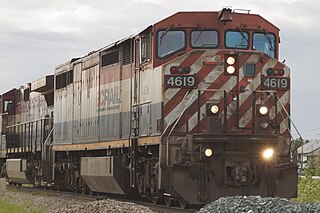
BC Rail is a railway in the Canadian province of British Columbia.

Hinton is a town in west-central Alberta, Canada.

The Grand Trunk Railway was a railway system that operated in the Canadian provinces of Quebec and Ontario and in the American states of Connecticut, Maine, Michigan, Massachusetts, New Hampshire, and Vermont. The railway was operated from headquarters in Montreal, Quebec, with corporate headquarters in London, United Kingdom. It cost an estimated $160 million to build. The Grand Trunk, its subsidiaries, and the Canadian Government Railways were precursors of today's Canadian National Railway.
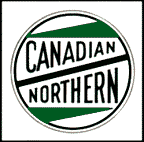
The Canadian Northern Railway (CNoR) was a historic Canadian transcontinental railway. At its 1923 merger into the Canadian National Railway, the CNoR owned a main line between Quebec City and Vancouver via Ottawa, Winnipeg, and Edmonton.
The National Transcontinental Railway (NTR) was a historic railway between Winnipeg and Moncton in Canada. Much of the line is now operated by the Canadian National Railway.

The Canadian is a transcontinental passenger train operated by Via Rail with service between Union Station in Toronto, Ontario and Pacific Central Station in Vancouver, British Columbia, Canada.

The Mackenzie Northern Railway is a 602-mile (969 km) Canadian railway operating in Alberta and the Northwest Territories. It is the northernmost trackage of the contiguous North American railway network. Since being purchased by CN in 2006, it has been officially known as the Meander Subdivision.

Northern Alberta Railways was a Canadian railway which served northern Alberta and northeastern British Columbia. Jointly owned by both Canadian National Railway and Canadian Pacific Railway, NAR existed as a separate company from 1929 until 1981.
The Société des chemins de fer du Québec (SCFQ), or Quebec Railway Corporation in English, is a former Canadian railway holding company that owned several short line railways in the provinces of Quebec, Ontario, New Brunswick and Nova Scotia.
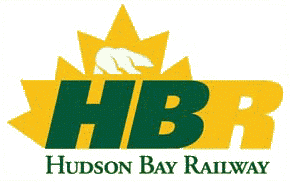
Hudson Bay Railway is a Canadian short line railway operating over 1,300 kilometres (810 mi) of track in northeastern Saskatchewan and northern Manitoba.
The Rocky Mountain Rail Society (RMRS) is a registered nonprofit organization of volunteers dedicated to the preservation of Canadian National Railway steam locomotive 6060, The Spirit of Alberta. Their goal is to ensure that The Spirit of Alberta remains in full and complete operating condition for the enjoyment of steam rail fans.
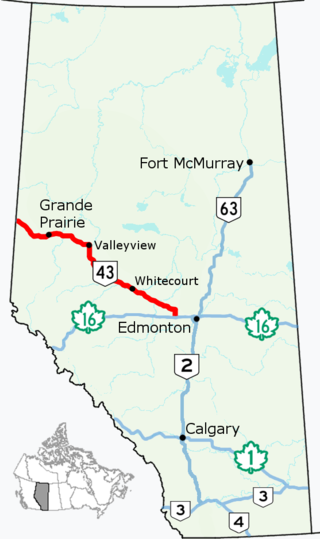
Alberta Provincial Highway No. 43, commonly referred to as Highway 43, is a major highway in northern and central Alberta, Canada that connects Edmonton to the British Columbia border via the Peace Country, forming the northernmost portion of the CANAMEX Corridor in Alberta. It stretches approximately 495 km (308 mi) from Highway 16 near Manly Corner west of Edmonton to the British Columbia border west of Demmitt. It is designated as a core route in Canada's National Highway System, comprising a portion of a key international corridor that stretches from Alaska into Mexico.
The Canada Atlantic Railway (CAR) was a North American railway located in Ontario, southwestern Quebec and northern Vermont. It connected Georgian Bay on Lake Huron with the northern end of Lake Champlain via Ottawa. It was formed in 1879 through a merger of two separate railway companies that John Rudolphus Booth had purchased, and reached its full extent in 1899 through a third company that he had created. The CAR was owned by Booth for several years after its completion until he agreed to sell it to the Grand Trunk Railway (GTR) in 1904.

Several plans have been proposed for high-speed rail in Canada, the only G7 country that does not have any high-speed rail. In the press and popular discussion, there have been two routes frequently proposed as suitable for a high-speed rail corridor: Edmonton to Calgary via Red Deer and Windsor to Quebec City via London, Kitchener-Waterloo, Toronto, Ottawa and Montreal.
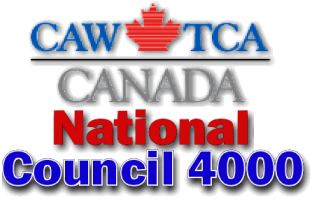
Unifor National Council 4000 is the umbrella organization for five regionally based Unifor Local Unions across Canada that represent more than 5,060 members in various sectors, largely within the railway and transportation industry. It is the largest rail Local within Unifor.

The Carlton Trail Railway is a shortline railway with its headquarters in Prince Albert, Saskatchewan. It is operated by OmniTRAX, an American transportation company in Denver, Colorado. Carlton Trail has been operating on ex-Canadian National track since Dec 8, 1997; however, after the acquisition of the branch line CTRW also purchased from CN the Birch Hills-Fenton-Prince Albert branch line in 2001. Since the closure of the pulp mill in 2006, Carlton Trail has typically adhered to a schedule of twice weekly rail service, hauling approximately 2000 carloads per year. According to OmniTrax president Darcy Brede, when the mill reopens in 2014, the railway will begin six days a week service, hauling approximately 3000 carloads a year.
The Dunvegan Yards were rail yards in Edmonton, Alberta, named after, and originally owned by, the Edmonton, Dunvegan and British Columbia Railway. Located just east of the St. Albert Trail and connected to the Grand Trunk Pacific's transcontinental mainline, the yards were the southern terminus of the ED&BC which began construction in 1912, though the yards were not officially surveyed until 1914. The ED&BC, by 1915, reached Grande Prairie in the Peace Country some 400 miles or 640 kilometres northwest from Edmonton, and helped to cement Edmonton as a major Canadian rail hub, opened up the Westlock region to increased settlement, linked northern Alberta economically to the rest of the continent, and earned Edmonton a reputation as "the Gateway to the North".















